Le pont Louis Philippe en 1878.
Huile sur toile signée en bas à gauche.
32 x 26 cm
LEPINE Stanislas ( 1835 / 1892 )
Paris, The Louis Philippe Bridge in 1878.
Oil on canvas signed lower left, located and dated 1878 on the back
12,59 x 10,23 in
Exhibition labels and inventory numbers on the back.
Former Durand-Ruel Collection.
The painting is listed in the catalog raisonné of Robert and Manuel Schmit's paintings under the number 54 page 24.
Stanislas Lépine is the son of Stanislas-Edmond-Louis Lépine, a cabinetmaker, aged 20, and Marie-Louise Hérier.
Stanislas Lépine moved to Paris in 1855. He married a childhood friend, Marie-Odile-Emilie Dodin, around 1859, and in 1860 entered the studio of Jean-Baptiste Camille Corot, from whom he copied some of his paintings. Mainly a landscape painter, he painted Paris and the Seine, as well as Normandy.
He met Fantin-Latour who, more than once, had to help him financially. Unknown in his time, he always stayed away from any group life.
Paris, le pont des Arts, painted between 1878 and 1883, and La Vue de la Seine et du Trocadéro are, in many respects, representative of Lépine's art as an unconditional painter of Paris and especially of the banks of the Seine. In these landscapes, in which the human figure is often practically excluded or reduced to a pictogram, Lépine liked to play with delicate gray tones that were sufficient for him to note the quality of the light with accuracy. His palette is thus clearer than that of the Barbizon School painters and Lépine, along with Eugène Boudin, Adolphe-Félix Cals and Johan Barthold Jongkind, is often considered a precursor of the Impressionists, with whom he exhibited in 1874 at the First Exhibition of Impressionist Painters.
Stanislas Lépine exhibited at the Salon from 1859 to 1880, and at the Salon des artistes français from 1881 to 1889.
He moved to Montmartre in his youth and spent his entire life there. He lived successively at no. 20 chaussée de Clignancourt (rue de Clignancourt today), then rue des Rosiers, rue de la Fontenelle (1870-1887) (since 1907 these two streets form the rue du Chevalier-de-La-Barre) and finally at no. 18 rue de Clignancourt. He painted, as Coriolis, alias Georges Lecomte, said, "not the noisy Montmartre of the outer boulevards, but the isolated, secluded courtyards, the old walls, the alleys with small gardens and lanterns, with rare passers-by...". Stanislas Lépine is one of those who come to Montmartre to seek the freshness of the small provincial village that still lives to the rhythm of the seasons, of the milking of goats and cows, where vegetables and flowers are picked in the garden and are not bought at the shop window. Carriages and carriages do not yet go up the Butte. In his paintings, the streets breathe calm and the sweetness of life. He painted the rue Saint Vincent, the rue Cortot, the rue des Saules, the rue de l'Abreuvoir.
Count Armand Doria took him and Adolphe-Félix Cals under his protection, welcoming them to his castle in Orrouy.
He died on September 28, 1892 in his Parisian apartment and his funeral took place in the church of Saint-Pierre de Montmartre.
Works in public collections :
In Canada
Quebec, Musée national des beaux-arts du Québec: The Seine at Bercy, Harvest Time.
In the United States:
Chicago, Art Institute of Chicago: View of my studio under the snow.
In France :
Aix-les-Bains, Faure Museum: Sailboat in Rouen, The Pont des Arts, The Pont Neuf, former Carrousel Bridge.
Paris, Orsay Museum: Pont Marie, Montmartre, Rue Saint-Vincent.
Reims, museum of fine arts: The port of Rouen.
Toulouse, Bemberg Foundation: Paris, the Pont des Arts, View of the Seine and the Trocadero - The Grenelle Bridge
Tours, Museum of Fine Arts: Caen, the customs.
In the United Kingdom
London, Tate Gallery.
In Ireland
Dublin, National Gallery Of Ireland : Rue du Mont-Cenis, Montmartre.
In Russia
Saint Petersburg, Hermitage Museum: Landscape with a Bridge
In Germany
Hamburg, Hamburger Kunsthalle: The Canal Saint-Denis.
violondingres.fr



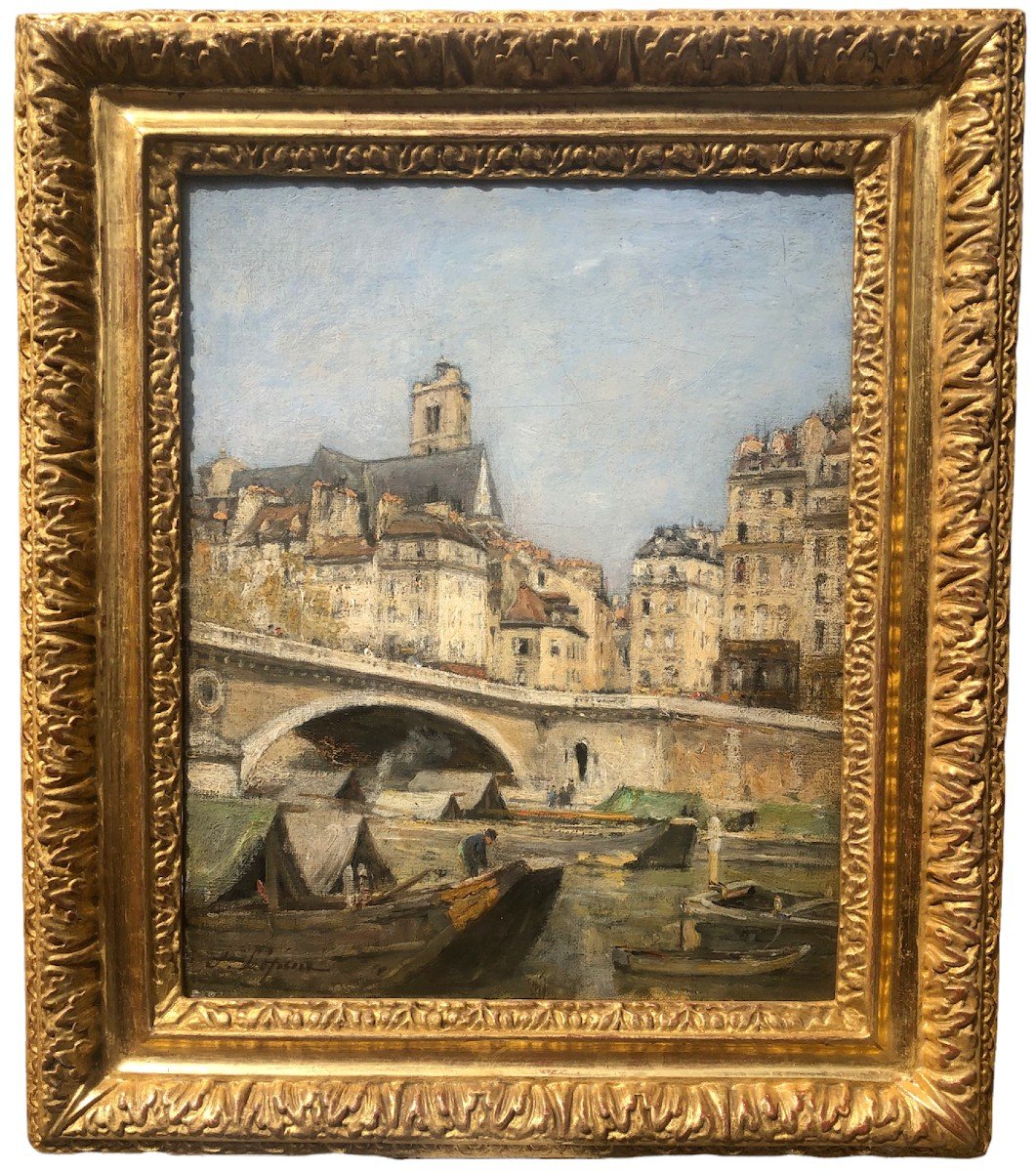


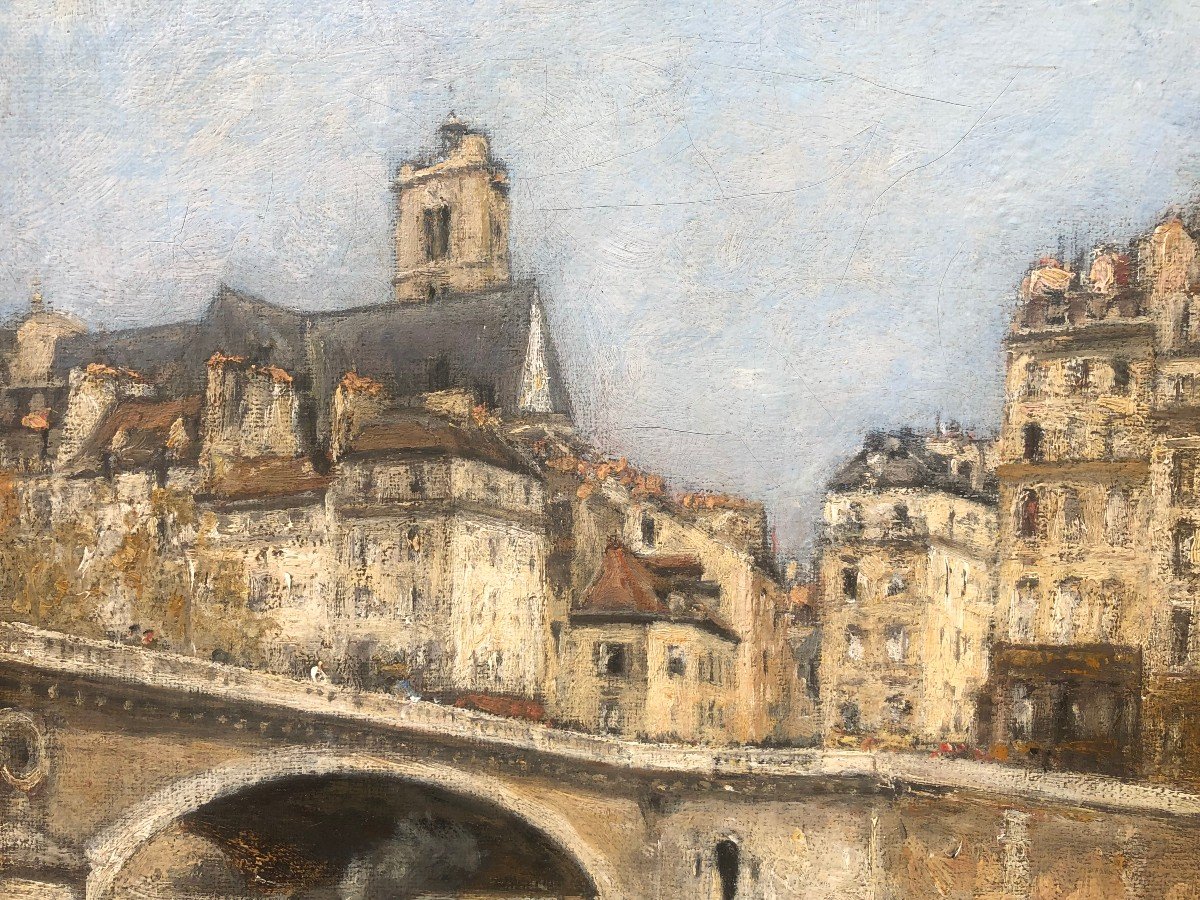
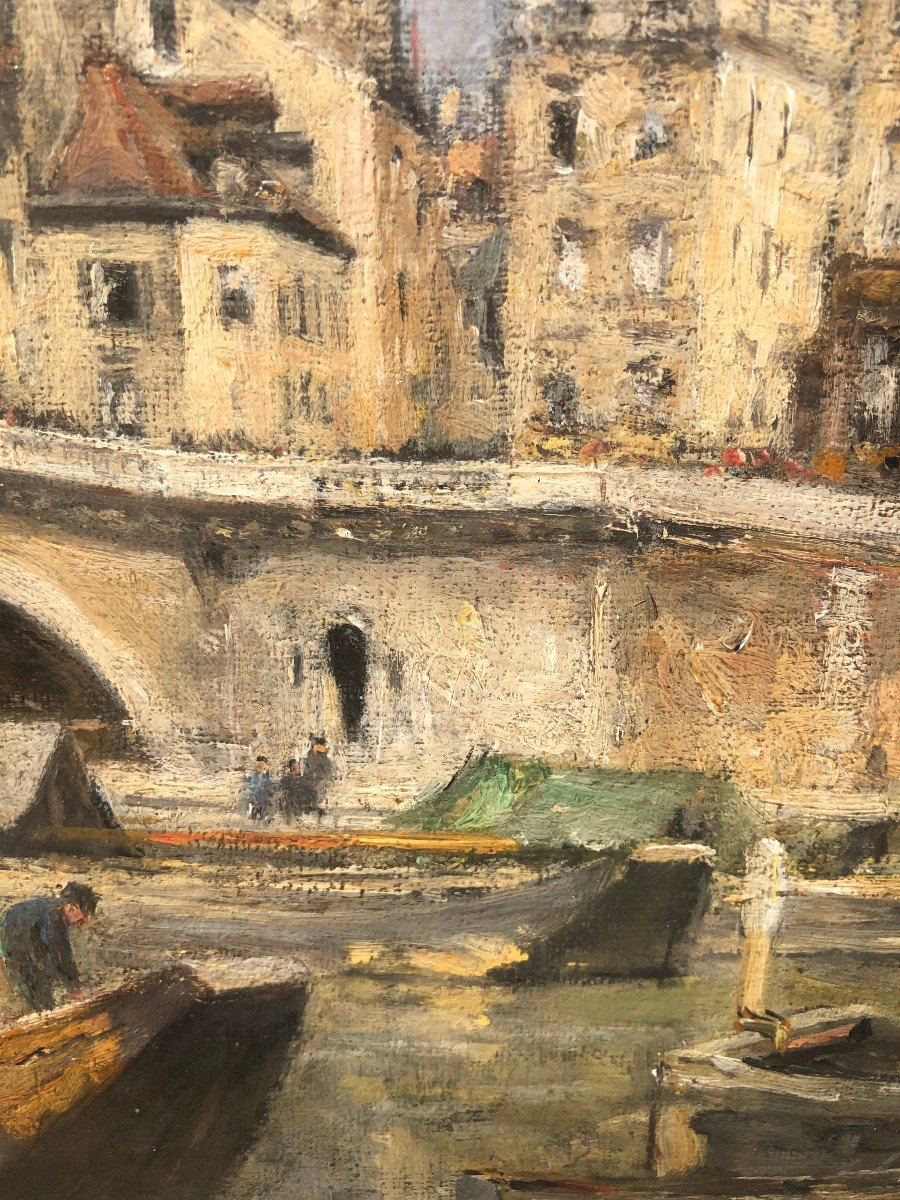
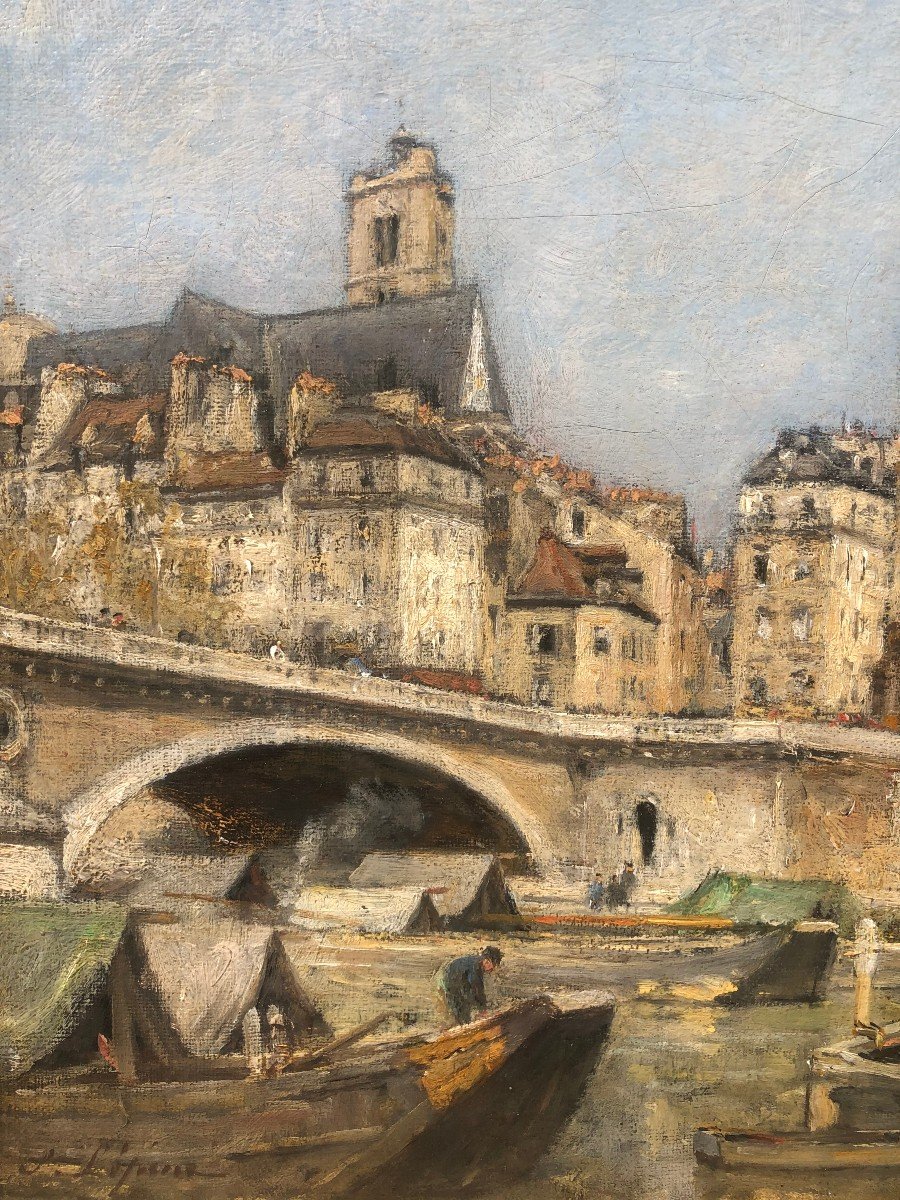
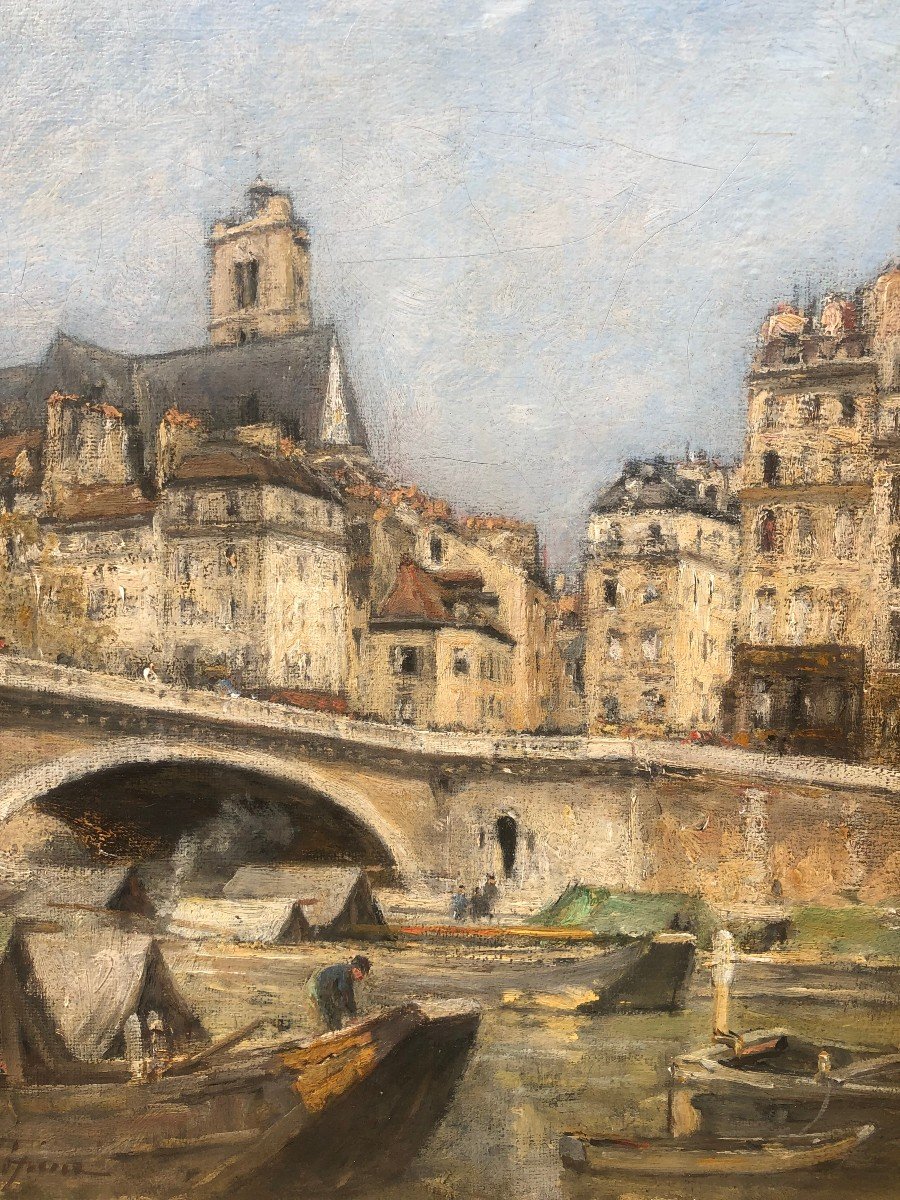
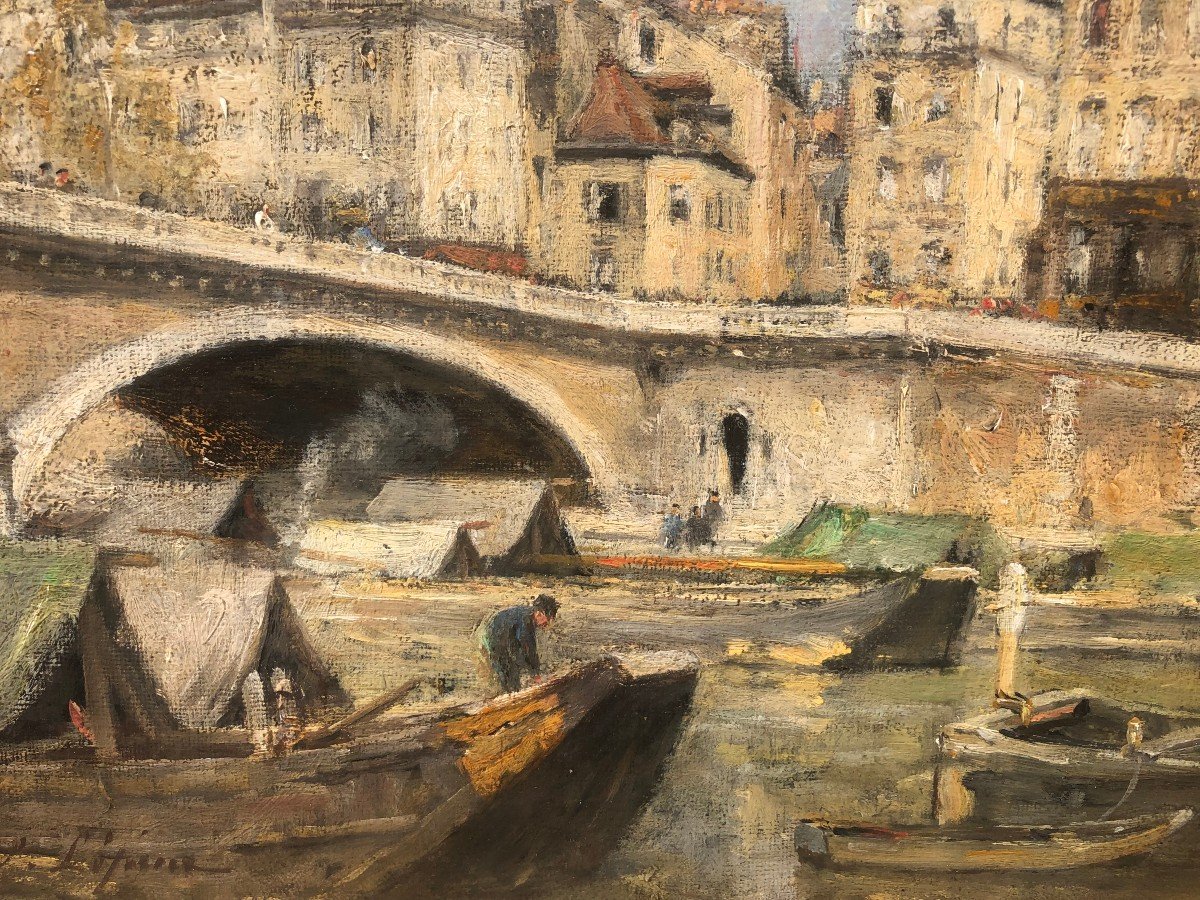
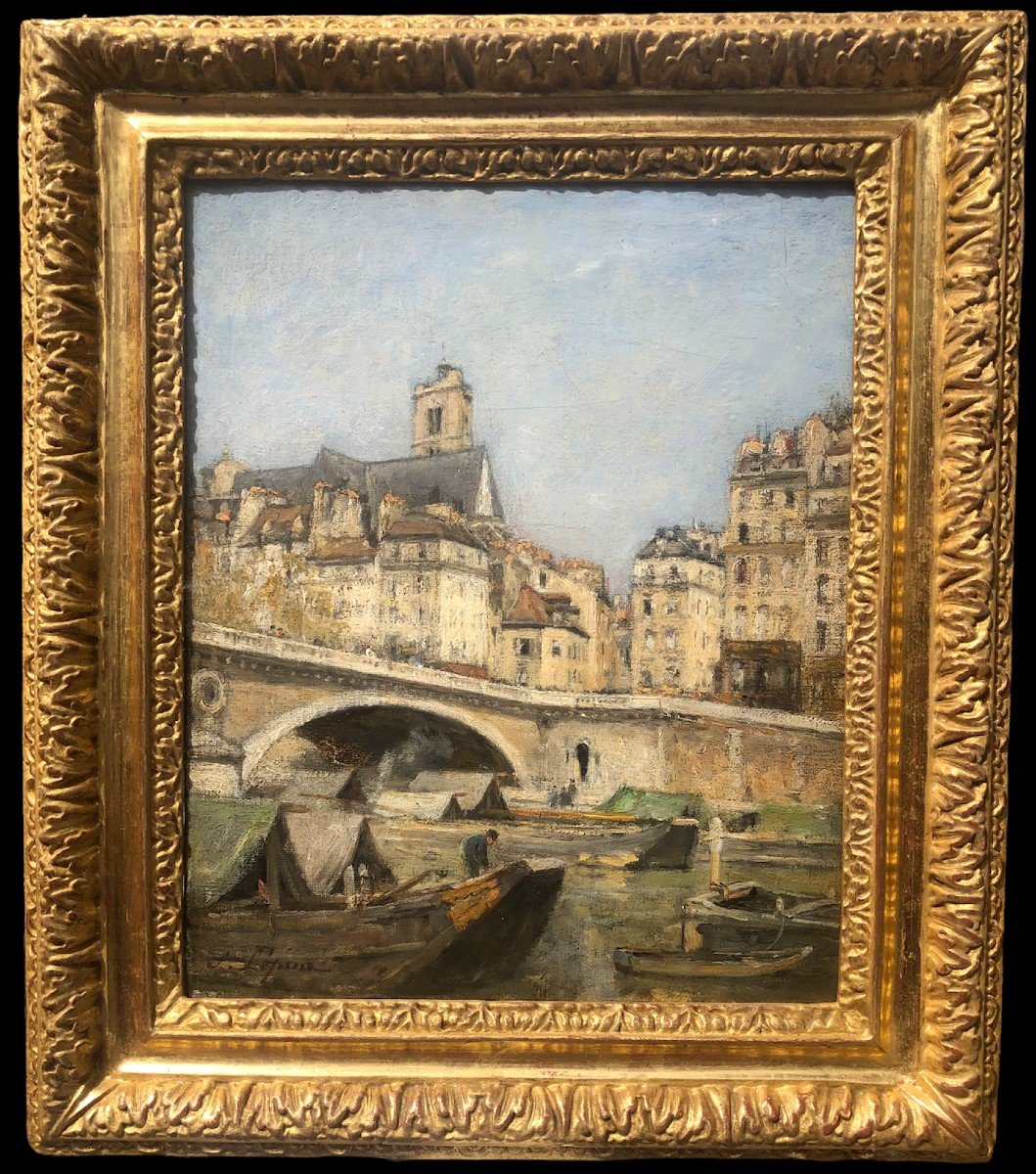
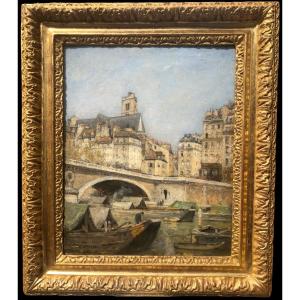











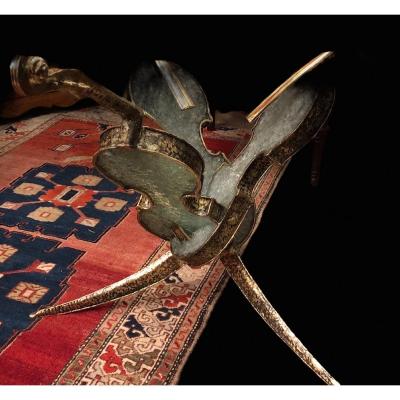




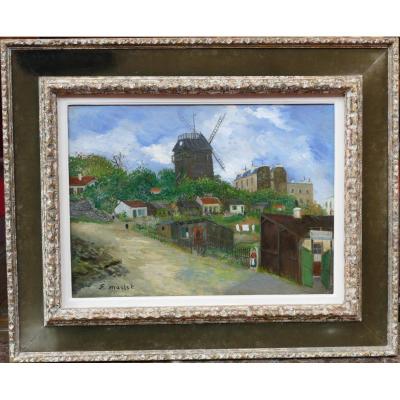


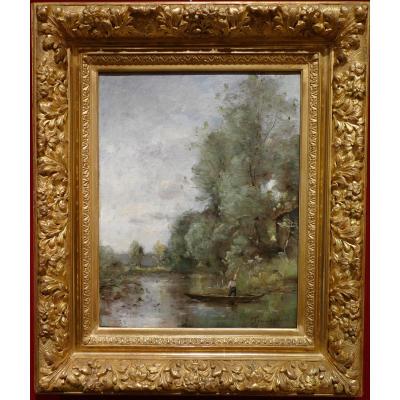
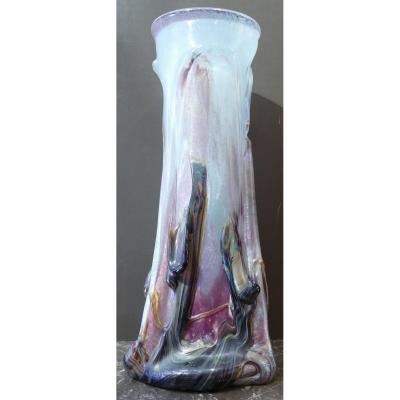


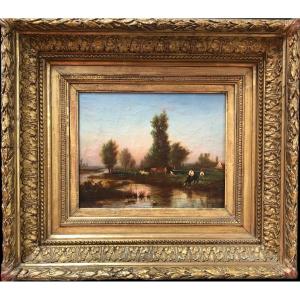
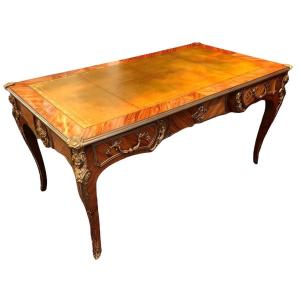


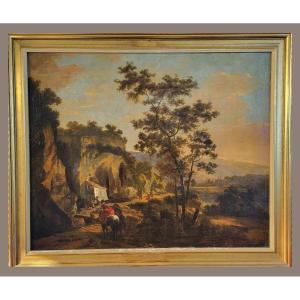

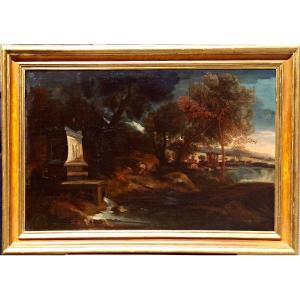




 Le Magazine de PROANTIC
Le Magazine de PROANTIC TRÉSORS Magazine
TRÉSORS Magazine Rivista Artiquariato
Rivista Artiquariato